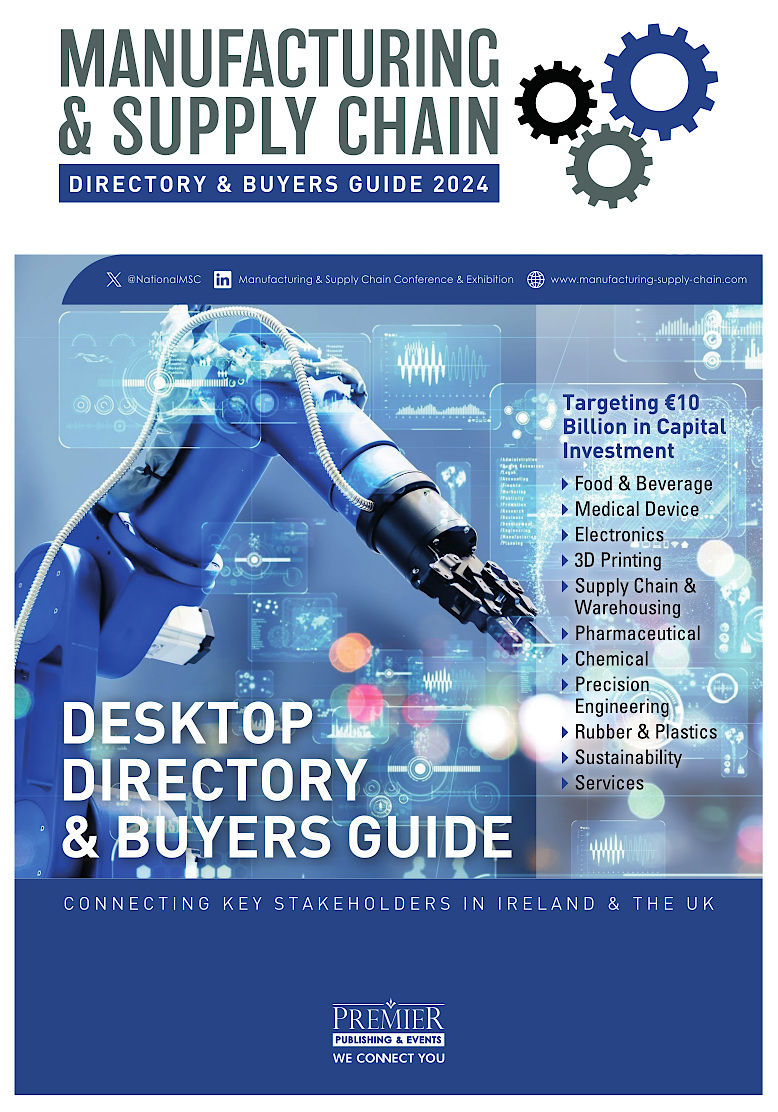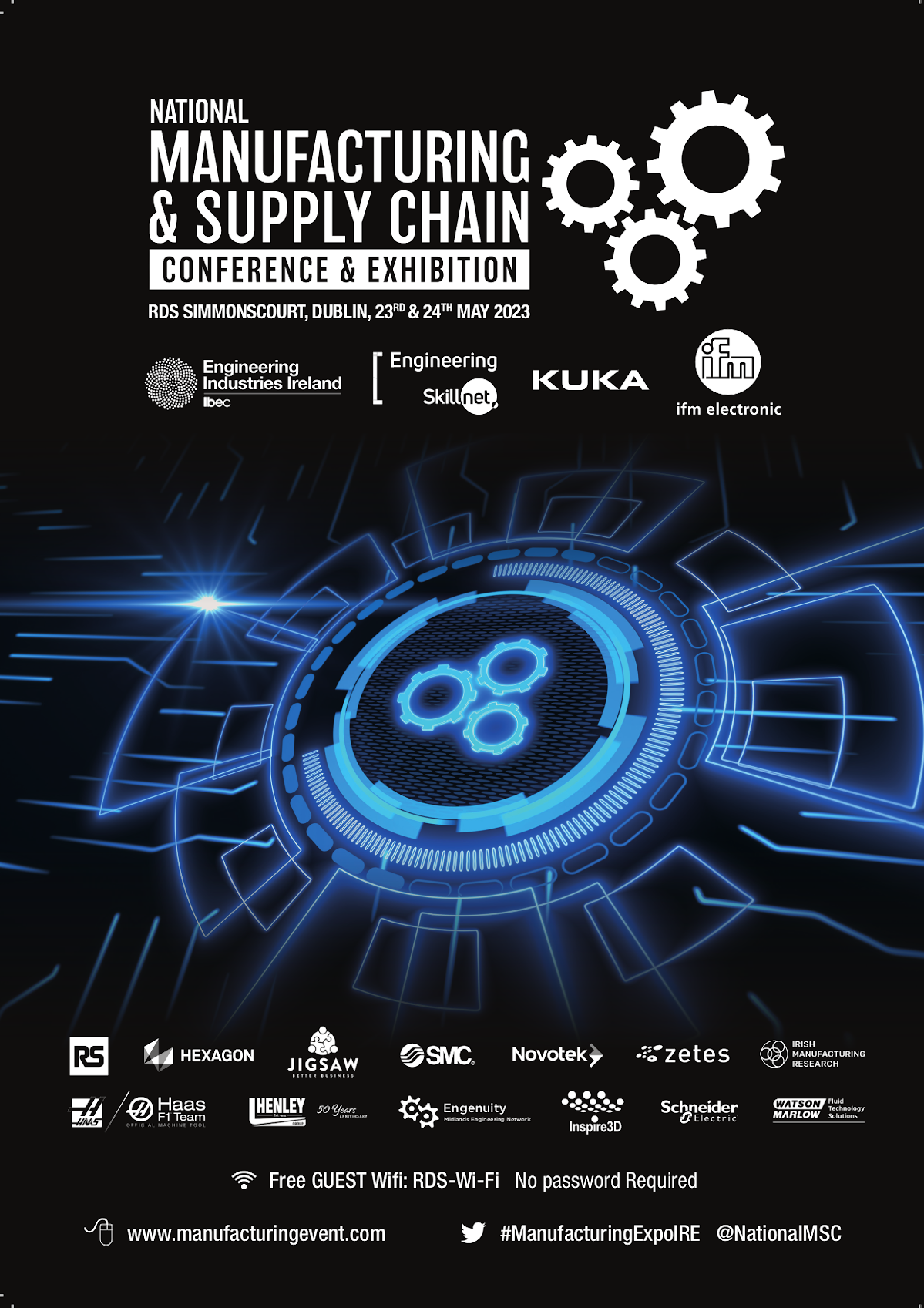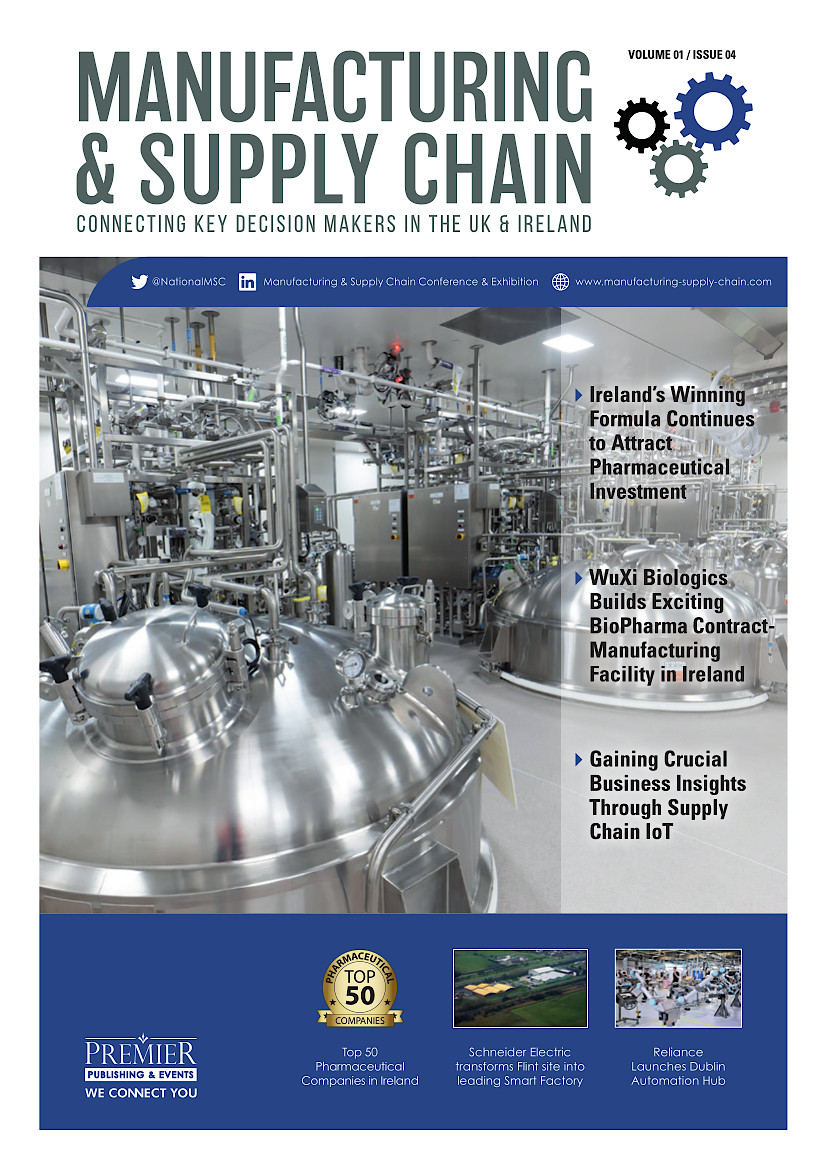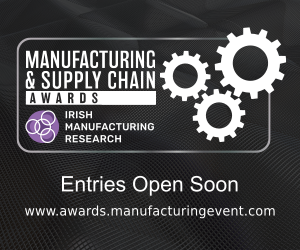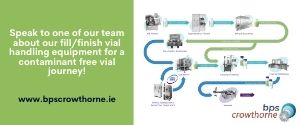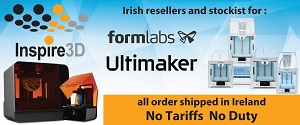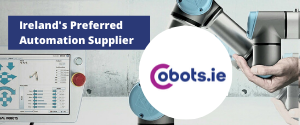GEA Avapac announces sale of 50th RBF Limited Intervention Bag Filling System for Powdered Food Products
 GEA Avapac has announced the sale of its 50th RBF Limited Intervention (Li) bag filling system for powdered dairy and food products. The RBF Li system was developed by GEA Avapac in collaboration with New Zealand dairy co-operative, Fonterra and first used in production in 2004. This latest order for two systems was placed by a milk processing company in the Philippines for the production of non-dairy creamer.
GEA Avapac has announced the sale of its 50th RBF Limited Intervention (Li) bag filling system for powdered dairy and food products. The RBF Li system was developed by GEA Avapac in collaboration with New Zealand dairy co-operative, Fonterra and first used in production in 2004. This latest order for two systems was placed by a milk processing company in the Philippines for the production of non-dairy creamer.
Reducing or eliminating the need for human intervention in food production is becoming increasingly important in the drive to improve food hygiene, especially in view of some high-profile contamination scares in recent years resulting in potentially ruinous publicity for the companies involved. Other benefits of the RBF Li system include improved health and safety for operatives by eliminating the inhalation of dust, reduced risk of explosion, and the ability to run the machine without constant supervision. The system is also capable of achieving Modified Atmosphere Packing, a key requirement in many food applications. These factors mean that the RBF Li packing machines make sound economic sense even in countries where labour rates are relatively low.
RBF Li bag filling systems are available in a range of production outputs from 5 – 12 tonnes/hour. To make shipping as easy as possible GEA Avapac has designed all but the largest RBF1200Li system to fit into a standard 40ft shipping container enabling it to be shipped anywhere in the world quickly and at a fraction of the cost of equipment of comparable performance.
Andrew Wade, Marketing Manager for GEA Avapac, said that the RBF Li range has been a great success story over the last 10 years. “The system was revolutionary when it was launched and is becoming increasingly popular every year,” he said. “As manufacturers strive for greater efficiency, reliability and product consistency worldwide, we are seeing considerable interest even in countries with a high availability of labour.”
The RBF Li system is highly automated – often referred to as ‘lights out packaging’. A key design feature is its use of low profile filling heads, with the 10TPH system including a unique head pivoting arrangement to keep the footprint of the machine small. The new design also offers complete control of the bags from bag-present station to filling station; a de-aeration station for improved bag stability; and automated neck stretching, heat-sealing and weight checking. The weight data from the check-weigher is used to auto-tune the filling weights and maintain the accuracy of the machine.
Other features include:
- a rotary design that maintains its hold on bags to increase reliability;
- the continuous calibration of filling stations;
- integrated dust control technologies;
- bottom up filling, minimising product damage and dust emission loss;
- automatic preparation of bags for sealing;
- automatic sealing of inner liners and final closure of all bags;
- automatic height adjustment to accommodate variations in bag length;
- easy cleaning.
GEA Avapac designs, manufactures and sells a wide range of high quality powder filling systems for bulk bag and retail containers for use throughout the food and dairy industries. The latest model, the RBF-1000Li, provides 10 tonne/hour capacity yet can still be packed into a standard 40ft shipping container for fast, affordable delivery worldwide.

